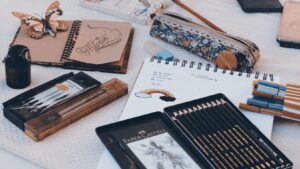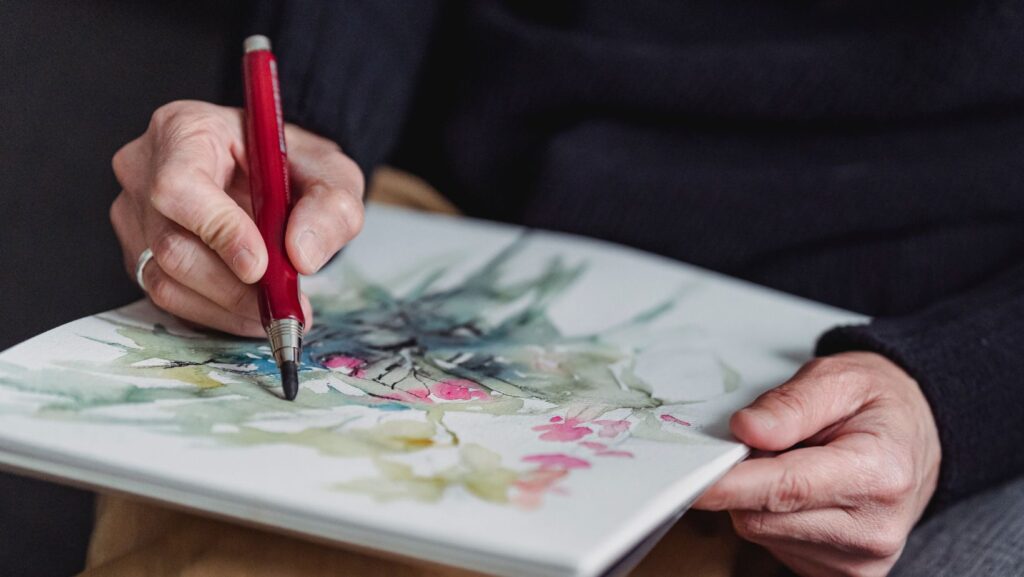Drawing:kun4oiqkgdm= Goku
Drawing Goku, the legendary Saiyan from the Dragon Ball series, is a thrilling challenge for fans and artists alike. His iconic spiky hair,  determined expression, and powerful stance make him a favorite subject for those looking to capture the essence of anime art. Whether you’re a seasoned artist or just starting, sketching Goku offers a unique opportunity to hone your skills and bring this beloved character to life on paper.
determined expression, and powerful stance make him a favorite subject for those looking to capture the essence of anime art. Whether you’re a seasoned artist or just starting, sketching Goku offers a unique opportunity to hone your skills and bring this beloved character to life on paper.
Goku’s dynamic poses and expressive features require a keen eye for detail and a steady hand. Aspiring artists often find themselves captivated by the challenge of replicating his intense energy and movement. With the right techniques and a bit of practice, anyone can learn to draw Goku with confidence. This guide will provide essential tips and tricks to help artists of all levels create their own stunning renditions of this anime icon.
Understanding Goku’s Character Design
Goku’s design blends simplicity with unique detailing. He features spiky black hair, a trademark style that defines his silhouette, and expressive eyes showcasing his emotional range. His muscular build, typical of a martial artist, enhances dynamic movement in drawings.
His outfit remains consistent yet has evolved throughout the series. Starting with the classic orange gi, it includes a blue undershirt and obi, portraying his affiliation with martial arts. Various symbols on his attire represent different training phases, adding authenticity and depth to his appearance.
Goku’s facial features emphasize innocence and determination, with a broad smile and distinctive eyebrows. Capturing these elements accurately is crucial for authenticity in artwork. These design components combine to create a character that’s instantly recognizable and beloved worldwide.
Essential Drawing Materials
Creating an accurate representation of Goku requires the right drawing materials. Specific tools allow artists to capture his unique features effectively.
Pencils and Erasers
Artists often prefer using a range of pencils for drawing Goku. Hard pencils, like 2H, assist in sketching initial outlines due to their light marks. Soft pencils, such as 4B or 6B, help add depth and shadows, enhancing Goku’s muscular form and spiky hair. Erasers, particularly kneaded ones, remove unwanted lines without damaging the paper. Precision erasers are ideal for detailing and highlighting specific areas, like his eyes.
Paper and Sketchpads
Drawing paper needs to be of good quality to hold the pencil work effectively. Smooth paper is ideal for detailed line work, allowing fine strokes to capture Goku’s facial expressions. Textured paper provides a grip that can deepen shading, highlighting his dynamic poses. Sketchpads with thicker paper prevent smudging and offer durability for artists who prefer to display their work. Using these materials ensures a cleaner and more refined depiction of Goku.
Step-by-Step Drawing Process
Capturing Goku’s essence requires a methodical approach. Each stage ensures the characteristic details come alive on paper.
Start with basic shapes to form Goku’s frame. Use circles for the head and joints, ovals for the torso and limbs. These shapes act as a guide for proportions, ensuring Goku’s anatomy aligns with the dynamic poses he’s known for. Keep lines light with a hard pencil like 2H.
 Define Goku’s face using the initial shapes. Position his eyes below the midline of the head circle, achieving the large, expressive look typical of his character. Sketch his small nose and mouth with light curves, accurately conveying determination and innocence. Maintain symmetry by regularly checking both sides of the face.
Define Goku’s face using the initial shapes. Position his eyes below the midline of the head circle, achieving the large, expressive look typical of his character. Sketch his small nose and mouth with light curves, accurately conveying determination and innocence. Maintain symmetry by regularly checking both sides of the face.
Goku’s spiky hair is iconic. Begin at the forehead, drawing each spike with a soft, curved motion flowing backward. Overlapping strands add depth, so use varying lengths to create a natural appearance. Switch to a softer pencil like 4B to deepen the contrast and highlight texture.
Add dimension to the drawing with shading. Use soft pencils, such as 6B, focusing on the areas where light naturally casts shadows—the neck, beneath the hairline, and folds in the gi. Texture comes from blending techniques—use a blending stump or finger to soften transitions. Details like the logo on the gi enhance authenticity.



